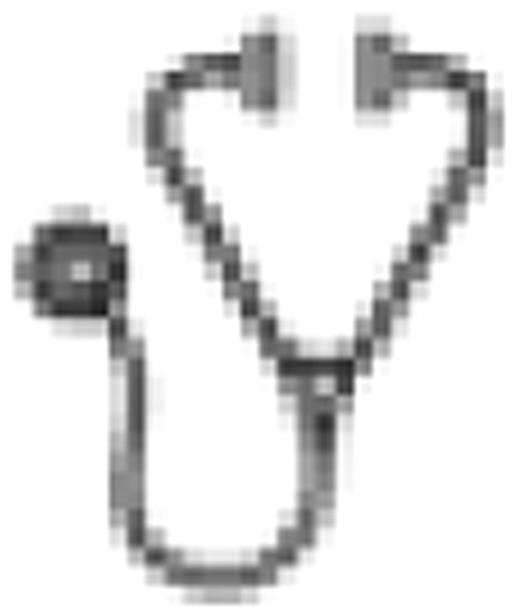Abstract
Hematopoietic cell transplantation (HCT) is utilized in the treatment of a subset of children with acute myeloid leukemia (AML). Although presence of minimal residual disease (MRD) has been associated with a high relapse rate in children with AML, the clinical implications of MRD prior to HCT have not previously been defined. We explored the clinical outcomes associated with the presence of morphologic or sub-morphologic disease prior to HCT. In the period of 1995-2007, 89 patients age 1-18 years received myeloablative conditioning and allogeneic HCT from related (N=36) or unrelated (N=53) donors at Fred Hutchinson Cancer Research Center. At the time of HCT, 63 patients received transplants in complete remission (CR) and 26 had morphologic disease. Among those in morphologic CR, 43 were in 1st CR, 17 in 2nd CR and 3 were in 3rd CR. All patients had bone marrow evaluation for MRD by multi-dimensional flow cytometry (MDF) 2-4 weeks prior to HCT. MDF testing showed that 10 of 63 patients (16%) who received transplants in morphologic CR had MRD levels ranging from 0.3% to 12% (median 3.7%) while the remaining 53 patients had no detectable MRD. The median follow up for the 38 survivors is 6 years (range 1 – 12). Actuarial overall survival at 3 years from HCT for patients who received HCT with and without morphologic disease was 12% vs. 59%, (p<0.001) with corresponding relapse rates of 62% and 24%, (p<0.001), respectively. We subsequently evaluated clinical outcomes for patients who received HCT in morphologic CR with and without evidence of MRD by MDF. Actuarial overall survival for patients who received transplants in morphologic CR with MRD was 15% vs. 67% for those without MRD, p=0.001. The corresponding relapse rate for those with MRD was 65% vs. 17% for those without MRD (p<0.001). Among the 10 CR patients with MRD, 4 had high risk cytogenetics and 6 patients had standard risk cytogenetics. In 53 MRD-negative patients who received HCT in CR, 10 (19%) had high risk, 7 had favorable risk cytogenetics and the remaining 37 (69%) had standard risk cytogenetics. It is notable that the relapse and overall survival probabilities for patients who were received HCT in morphologic CR but with MRD appear similar to those for subjects in morphologic relapse. This data demonstrates that presence of sub-morphologic disease prior to HCT portends high relapse risk and worse post transplant survival. Larger studies are evaluating the full impact of pre-transplant MRD as well and the clinically significant threshold of MRD prior to stem cell transplantation in AML.
No relevant conflicts of interest to declare.

This icon denotes an abstract that is clinically relevant.
Author notes
Asterisk with author names denotes non-ASH members.

This feature is available to Subscribers Only
Sign In or Create an Account Close Modal